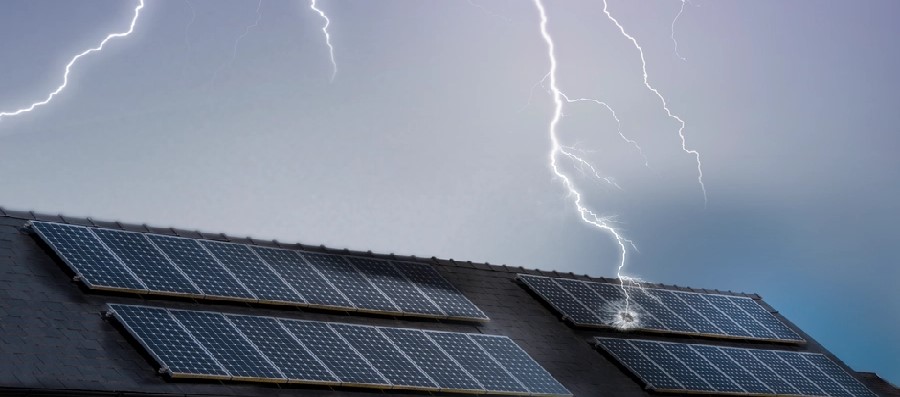Protecting Your Inverter System – The Critical Role of Proper Earthing
Protecting Your Inverter System: The Critical Role of Proper Earthing
In recent weeks, we’ve observed a concerning number of inverter failures caused by lightning strikes. We’ve been called upon to intervene in several of these cases, and one recurring issue stands out: POOR OR INADEQUATE EARTHING.
Earthing is a critical component of any solar installation, when improperly implemented, it can lead to catastrophic outcomes, as evidenced by the recent incidents. The primary function of an earthing system is to safely direct excessive fault currents especially those induced by lightning into the ground, a vast conductive body capable of absorbing large magnitudes of electric current. Without effective earthing, these surges can cause significant damage to your equipment.
To safeguard your inverter and ensure system longevity, we strongly recommend the following:
- Install an effective earthing system tailored to your site’s soil conditions.
- Include a lightning arrestor to safely channel lightning induced currents.
- Ensure earth resistance is ≤ 2 ohms, verified through regular earth resistance testing. It is advised to carry out an earth test at least once a year for residential buildings and twice yearly for commercial/industrial premises.
- Integrate surge protectors and breakers at the output of your solar panels.
- Install a breaker between the public power supply and the inverter input for battery charging protection.
By implementing these measures, you significantly reduce the risk of equipment damage and enhance the overall safety and reliability of your solar power system.
~ Darlington Okoka

Leave a Reply